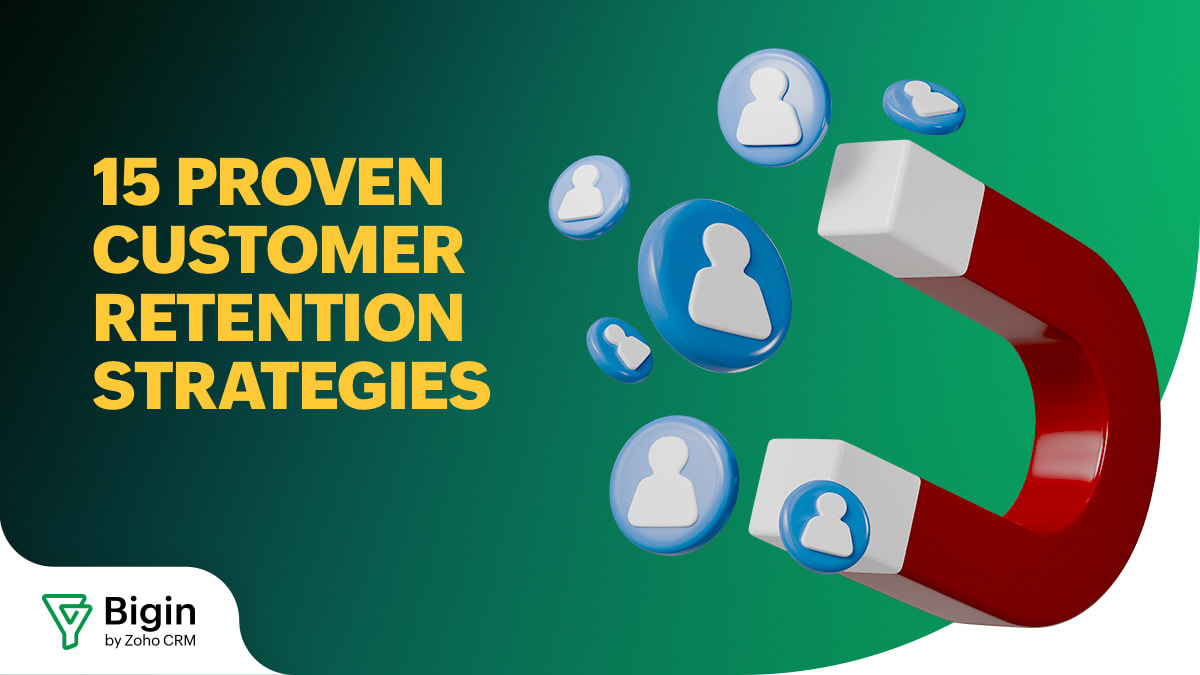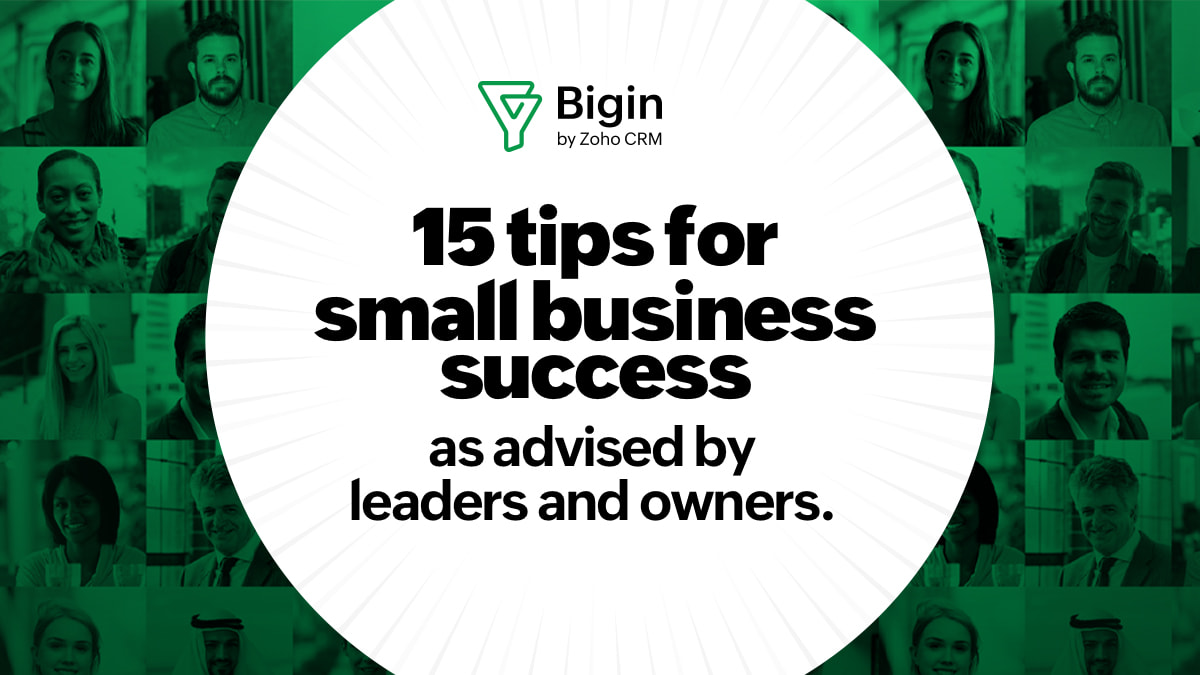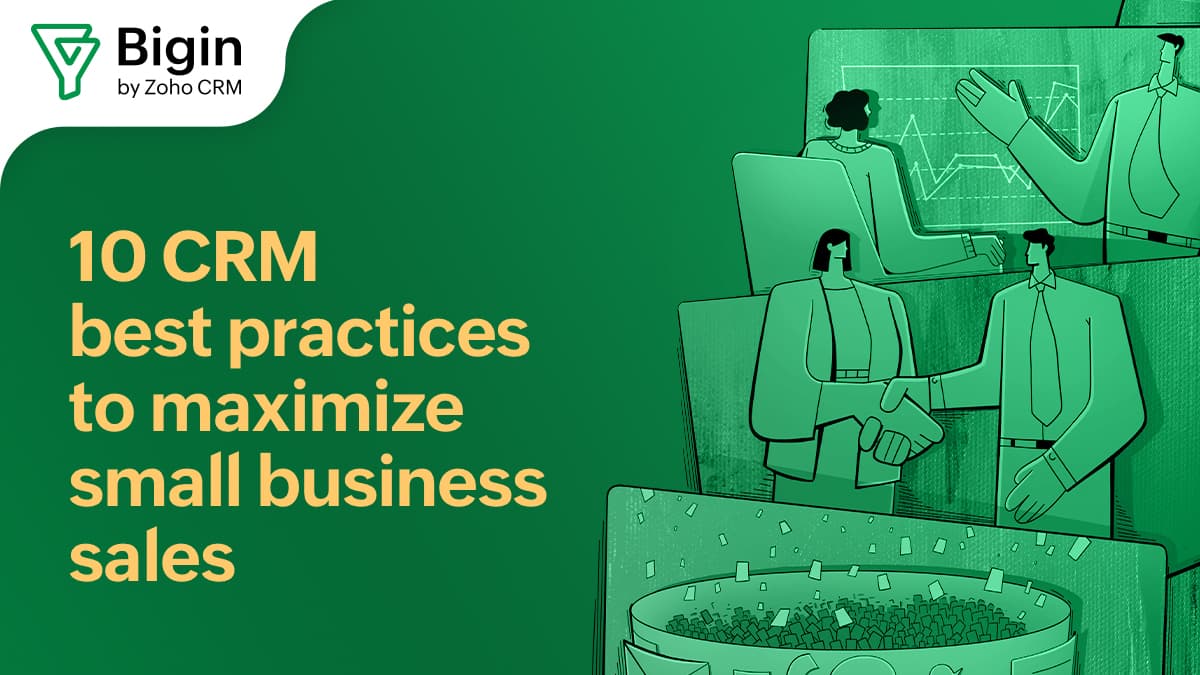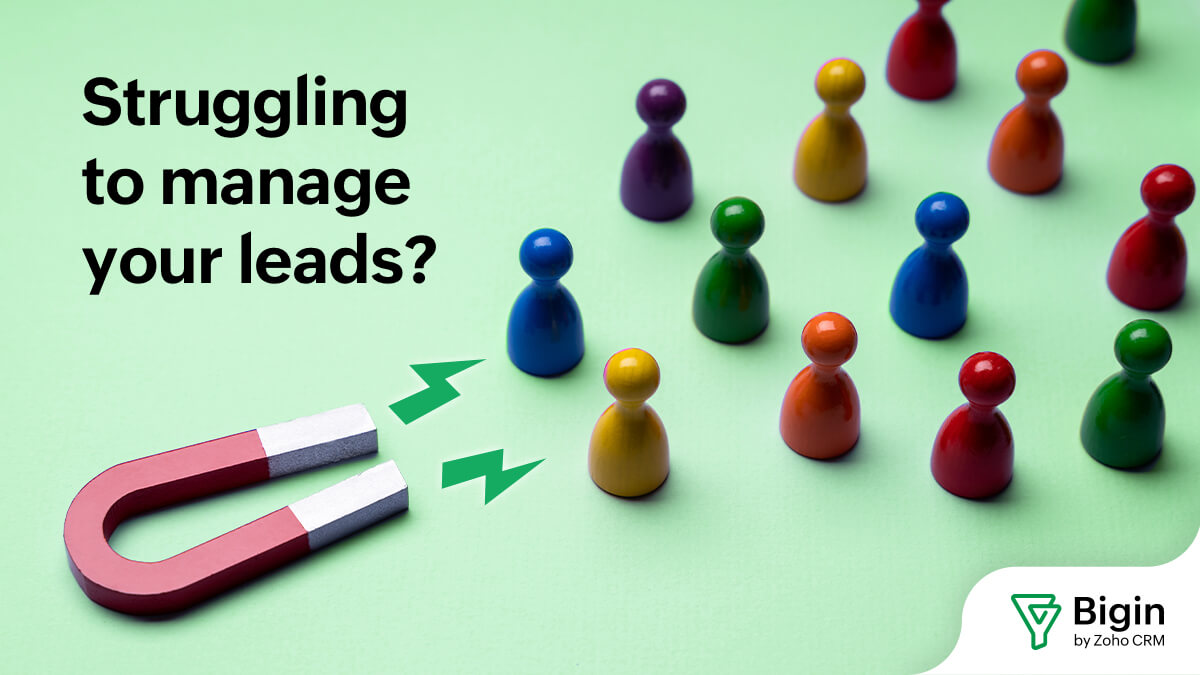- HOME
- Entrepreneurship
- 15 customer retention strategies to increase loyalty and boost profits
15 customer retention strategies to increase loyalty and boost profits
- Published : April 18, 2025
- Last Updated : April 18, 2025
- 17 Views
- 7 Min Read

Acquiring customers is expensive. Keeping them? That’s where the real value (and profitability) lies.
The logic is fairly simple: A returning customer doesn’t need to be convinced of your value all over again. They already know what you offer. They trust you—a little, at least. The goal now is to turn that little bit of trust into long-term loyalty.
You don’t want a list of retention strategies that just sound good; you want ones that actually work—and we're going to go over 15 strategies that do exactly that.
1. Build a strong onboarding experience
You only get one chance to make a second sale, and that starts with onboarding.
A confusing welcome process or lack of guidance is a quick way to lose customers before they even see any value. Whether it’s a digital product or a physical service, walk new customers through what to expect, how to get started, and what comes next.
If they have to guess what to do after buying from you, they’ll lose interest fast.
Pro tip: Send a short welcome email series. Include helpful tips, how-to videos, or answers to common questions. Make them feel guided, not left to figure things out on their own.
2. Personalize the experience (beyond just using customers' names)
People notice when things feel tailored to them.
And no, adding the first name in an email subject line is not personalization. It’s about remembering customers’ preferences, understanding their behaviors, and using that knowledge to make their experiences better. It's about staying informed about what's happening in their professional lives and using that to spark relevant conversations.
Let's say someone always buys a certain type of product from your store. Let them know when something similar is back in stock. If a customer hasn't used a feature in your app yet, send them a quick tip on how it works.
Bottom line: Customers stay when they feel seen.
3. Make support ridiculously easy to access
Nothing sends customers packing faster than poor support.
Imagine buying something and then not being able to get help when it doesn’t work as expected. It’s frustrating. Worse, it feels disrespectful.
On the flip side, responsive, friendly, and proactive support can turn a bad moment into a loyalty-building experience.
Pro tip: Offer multiple support channels (chat, email, and phone) and make it obvious how to reach you. Also, train your team to treat every support request as a chance to build trust—not just solve a ticket.
4. Ask for feedback regularly and show what you do with it
People love being heard. But they really love it when their feedback leads to action.
When you invite customers to share their thoughts, make it count. If you’re collecting feedback and never doing anything with it (or worse, never telling people what you did with it), it feels pointless.
Pro tip: Include a “You asked, we listened” section in your newsletter where you highlight one change you made based on customer input. It’s a small thing, but it goes a long way.
Read more | 15 tips for small business success, as recommended by leaders and owners |

5. Reward loyalty in meaningful ways
Loyalty programs can be amazing—or forgettable.
What makes the difference? Relevance. Your rewards actually need to matter to your customers. Free shipping, exclusive access, early product drops, extra perks—these things resonate more than random points or discounts nobody understands.
Loyalty isn’t just about discounts. It’s about recognition.
Even a personal thank-you note after a customer’s third order can create more emotional value than a generic 10% off coupon.
6. Keep communicating between purchases
Don’t go silent after a customer buys.
Even if your product isn’t something they’ll buy every week, you should stay present in their mind, not by spamming them, but by continuing to deliver value.
That could be helpful blog content, quick tips, behind-the-scenes updates, or interesting use cases. The point is to keep showing up without always asking for another sale.
Ask yourself: “Would I still open my company’s emails if I weren’t a customer?” If not, it’s time to rethink the content.
7. Create a sense of community
People don’t just stick with brands. They stick with groups, movements, and communities.
You don’t need to build a full-blown online forum. Start small. Maybe it’s a customer Slack group, a private Facebook community, or just spotlighting customers in your newsletter or socials.
The idea is to help people feel part of something bigger than just a transaction.
Example: A fitness brand could share weekly stories of how different customers are using their gear in real life. That kind of content makes people feel proud to be associated with the brand.
8. Apologize when things go wrong
Mistakes happen. A late delivery, a shoddy product, a missed deadline—you can’t avoid every issue.
But how you respond makes all the difference.
A quick, honest apology paired with a solution shows customers that you value the relationship. Ignoring the issue or brushing it under the rug? That's going to lead to churn.
Takeaway: Always respond to problems as if you’re trying to keep the customer for life, not just the moment.
9. Track retention-specific metrics
You can’t improve what you’re not measuring.
Look at your churn rate (how many customers you lose), repeat purchase rate, engagement scores, and Net Promoter Score (NPS).
But don’t just track the numbers. Understand the “why” behind them. If churn is spiking after 30 days, what’s happening at that point?
Pro tip: Set up a monthly review of key retention metrics. Use them to guide your improvements—not just report them.
10. Add unexpected moments of delight
You don’t need to do this all the time—and that’s what makes it powerful.
When customers get something they didn’t expect, it creates a moment. It might be a surprise freebie, a thank-you video, or a hand-written note. These little gestures feel human in a digital world.
Pro tip: Keep a list of repeat customers. Once a month, pick a few and send them something small and personal. It doesn’t need to be expensive. Just thoughtful.
11. Educate customers on how to get the most value
Sometimes, customers leave not because they don’t like your product, but because they don’t understand how to get the most out of it.
That’s on you.
Provide cheat sheets, onboarding tutorials, product tips, webinars—whatever format your customers will actually use. Help them get to their “aha” moment quickly.
Think about this: If your product has a powerful but hidden feature, how many of your customers are even using it? Make that the focus of your next email or video.
12. Remove friction wherever it appears
Every point of friction, whether it’s a slow website, a confusing return process, or clunky navigation, is a chance for someone to give up.
Smooth experiences are the foundation of trust and loyalty.
Pro tip: Regularly audit your full customer journey. Start from discovery and go all the way through to re-purchase. Wherever you feel friction, so do your customers.
Read more | 10 CRM best practices to maximize small business sales in 2025 | 
13. Let your customers be your voice
Testimonials and reviews are retention tools, too.
When people see others like them getting real results, it reinforces their decision to stick with you. But more importantly, it builds a sense of community and validation.
Pro tip: You can feature one customer per month on your site or social media—not just a five-star review, but their actual story. What did they struggle with before? How did you help?
14. Bring back those who’ve gone quiet
Don’t assume a quiet customer is a lost one.
Maybe they got busy. Maybe they had a minor issue and never brought it up. Either way, a simple re-engagement message—one that’s casual, friendly, and offers a little incentive—can revive the relationship.
Pro tip: Automate an email or SMS after 30 or 60 days of inactivity. Keep the tone light and remind them of what they’re missing.
15. Be consistent in what you deliver
Remember this: Retention comes down to trust.
If you promise fast delivery, don’t make people wait two weeks. If you say “premium quality,” don’t cut corners. Customers return to brands that consistently do what they say.
Pro tip: Go through your marketing and product promises. Are you actually living up to them? If not, close the gap.
Retention is a long game (but worth every step)
Customer retention isn’t built on one killer email or one flashy loyalty program. It’s built on everyday consistency, clear communication, and the small things you do to make people feel valued.
When customers stick around, they don’t just keep buying. They tell others. They defend your brand. They grow with you.
So while others are out chasing the next big campaign, you’re building something more powerful: a loyal customer base that keeps your business strong no matter what.
FAQs
What are some examples of customer retention strategies?
Early access to new products: Offer repeat buyers the ability to buy new products before they're available to everyone. It makes them feel special and part of a privileged group.
Personalized follow-up emails: Send a personal email after a sale to inquire about their experience, request feedback, or recommend related items. It indicates you're interested in their satisfaction after the sale.
Handwritten thank you notes: Include a plain, hand-written note with the product, showing appreciation for the customer's support. It's a small gesture that may have a lasting impact.
Birthday or anniversary discounts: Reward customers by emailing them discounts on their birthdays or the anniversaries of their initial purchases. It's a nice touch that makes them feel special.
Surprise freebies with orders: Add a small freebie to their order unexpectedly. It doesn’t have to be big—just something extra they'll remember.
Customer-only events or webinars: Build community by hosting exclusive online events or webinars for customers. It's one way to engage and create value on top of the product.
How does CRM play a role in customer retention?
A good customer relationship management (CRM) tool helps you remember everything, from what your customer bought last month to how often they open your emails. Remembering just enough to be relevant (without being intrusive) is key to building long-term trust. With the right CRM, you can:
Segment your loyal customers and send them early access offers.
Track follow-ups so no one slips through the cracks.
Automate birthday discounts or re-engagement emails.
What are the best customer retention strategies?
Best is a strong word, but here’s what consistently works:
Personalize communication (no one wants generic copy-paste emails).
Provide fast, thoughtful support.
Surprise loyal customers with small rewards.
Ask for feedback—then act on it.
Forget trends; think about building systems that feel personal and consistent.
What are the different types of customer retention strategies?
Retention strategies come in many flavors. You’ve got:
Proactive support strategies: Checking in before there’s a problem
Incentive-based: Rewards and loyalty programs
Community-driven: Forums, user groups, and exclusive content access
Feedback loops: Fielding surveys, reviews, and NPS responses, and acting on them
Onboarding strategies: Making sure the first experience is smooth
You don’t need to use all of them. But picking two or three that align with your business model—that’s where the real impact happens.
 Anubhav
AnubhavAnubhav is a product marketer with an insatiable thirst for all things content marketing, technology, and SaaS. His expertise lies in crafting compelling narratives that resonate with audiences and drive business growth. With a deep-rooted interest in entrepreneurship, Anubhav closely follows the latest industry trends and innovations, constantly seeking new ways to elevate marketing strategies.


